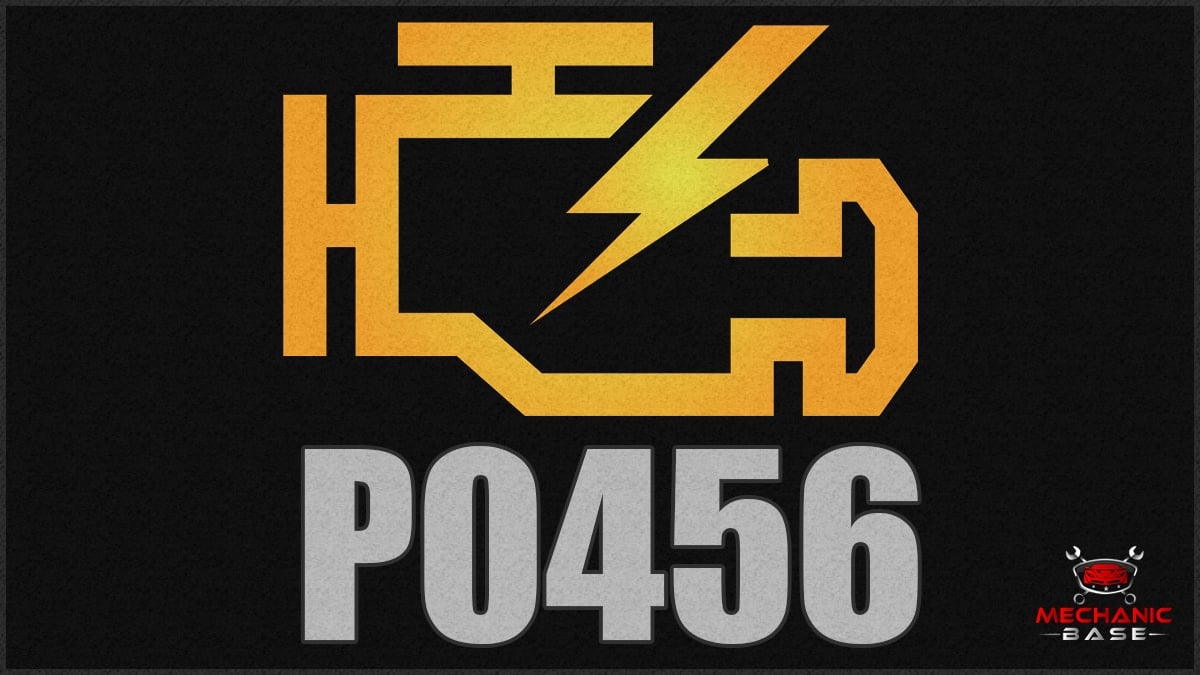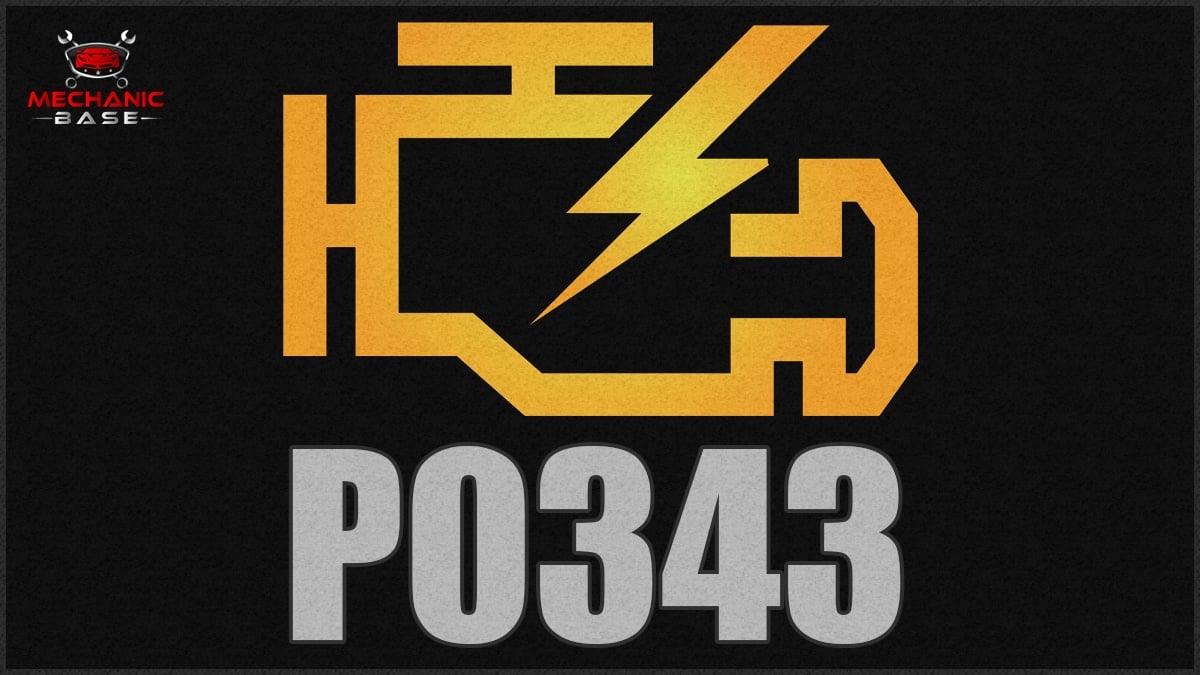Your code scanner just revealed the P0603 DTC, now what do you do? While the P0603 code may not always be serious, you should troubleshoot it and repair it immediately before problems occur.
In this guide, we look at the meaning of the P0603 trouble code and show you how to diagnose it. We also evaluate the most common symptoms and causes of the P0603 code before answering some of your most pressing questions.
Code P0603 Definition
P0603 – Internal Control Module Keep Alive Memory (KAM) Error
What Does the P0603 Code Mean?
The P0603 DTC indicates that the Powertrain Control Module (PCM) self-test of the Keep Alive Memory failed. This routine test runs at various times to ensure the Keep Alive Memory Modules can continue storing the adaptive calculations interpreted by the PCM.
This function saves the settings when the vehicle isn’t on, so the PCM can continue to apply them when the car is started again. If this functionality becomes unreliable, the computer may not be able to apply the right settings.
The car’s computers run many self-tests throughout each startup and throughout the drive to ensure everything is operational. When one of the self-tests comes back with an abnormal response, the Check Engine Light comes on and a code is set.
The computers in today’s vehicles use two varying types of memory.
- RAM
- ROM
Read-only memory (ROM) is the permanent memory that is stored in your vehicle’s computer. Even when the PCM loses power, this data won’t change and remains constant. In comparison, random-access memory (RAM) is the temporary memory stored in the PCM. This is the location where your PCM stores all of the new data. RAM memory also has two categories, either volatile or non-volatile.
Non-volatile RAM memory is retained when the car battery is disconnected. On the other hand, data stored within a volatile RAM memory format is lost when the ignition is turned off.
The keep alive memory (KAM) is known as volatile RAM memory. Yet, the information is no longer erased when it’s wired to the battery, which is how the vehicle is set up. The information that’s stored by the KAM is what’s crucial. It keeps memory of the drive cycles, which is constantly changing based on the sensor and driver inputs.
What Are The Symptoms Of P0603?
The symptoms experienced will depend on what is causing the problem. While the Check Engine Light will always come on, the other symptoms vary. Here are some to consider.
- Check Engine Light
- Other dashboard warning lights (ABS, Traction Control, Battery, etc.)
- Failed emissions testing
- Rough idle
- Issues with performance or shifting
- Trouble starting engine
- Misfires
- Decreased fuel economy
- No symptoms (in rare cases)
What Are The Causes of P0603?

It’s possible that the problem is caused by some simple battery corrosion. While this is one of the easiest problems to repair, there are some more complicated causes possible. Here are the top causes we’ve discovered.
- Battery corrosion
- Loose battery connections
- Defective Keep Alive Memory Module (KAM)
- Defective ground connection
- Failed PCM
How Serious is the P0603 Code?
Severe – This problem isn’t always going to be considered severe, but you wouldn’t know until you perform a complete diagnosis. If there’s an issue with the PCM, it needs to be dealt with immediately. Without a functioning PCM, strange issues can arise, making it difficult to drive safely.
However, if the problem comes back to the battery or an electrical connection, you aren’t looking at as big of a problem. Still, you want to repair it before negative driving consequences start.
How Do I Fix the P0603 Code?
The proper way to fix the P0603 trouble code depends on what you discover is wrong. Here are some of the most common repairs.
- Clean battery corrosion
- Tighten or replace battery connections
- Repair ground connection
- Update/replace PCM
Common P0603 Diagnosis Mistakes
The most common mistake when fixing the P0603 code is trying to update or replace the PCM when that’s not the problem. In fact, the PCM should be the last thing you look at.
Try to see if one of the simpler problems is the culprit. The PCM KAM may not be getting the right amount of voltage due to corrosion or a wiring issue.
How to Diagnose the P0603 Trouble Code?

There are some simple diagnostic steps to figure out what’s wrong with the car that’s causing the P0603 trouble code. With basic tools and some mechanical expertise, you can troubleshoot the system the same way we do as professional mechanics.
- Check the battery voltage. If the PCM isn’t receiving the proper amount of voltage, it could throw this code. With your digital multimeter, check the battery voltage. If it’s under 12 volts, you need to replace the battery.
- Check the battery connections for corrosion. Clean battery corrosion with a solution of water and baking soda.
- Check wiring. Follow the wires coming from the fuse box harness to the battery. Inspect the wires going to the PCM as well. If you notice anything damaged, replace it.
- Measure the voltage going to the PCM. Reference the instructions in your service manual for accurate specs based on your vehicle type.
- Have the PCM updated.
- If all else fails, you may need to replace the PCM.
Sadly, there’s nothing that can be done about the KAM. If this part of the PCM fails, the entire unit needs to be replaced because it is an internal component.
Once the PCM is replaced, it will need to be reprogrammed. Typically, this is done at the dealership, but you may be able to find some local repair shops that offer the service.
How Much Does It Cost To Fix Code P0603?
The cost to repair your vehicle depends on the make and model, plus whether you will perform the work yourself. Here are a few estimates, assuming that you need to pay for parts and labor.
- Clean battery corrosion (DIY) – $5 to $25
- Tighten or replace battery connections – $50 to $250
- Repair ground connection – $50 to $250
- Update/replace PCM – $250 to $2,500
A Mechanic’s Tips About The P0603 Code
It’s important to evaluate all of the trouble codes set by the computer as part of the diagnosis. With the P0603 fault, you may also get these warnings:
- P0600 – Serial Communication Error
- P0601 – Internal Control Module Memory Check Sum Error
- P0604 – Internal Control Module Random Access Memory (RAM) Error
- P0605 – Internal Control Module Read Memory (ROM) Failure
- P0607 – Control Module Performance Error
Also, if you’ve installed an aftermarket tuner on your vehicle, this part could be causing your issues. To determine if it’s the issue, remove it and set the car back to factory settings. If the code disappears after a reset, you know the tuning is to blame.
Is code P0603 serious?
Not always. If there’s an issue with the PCM, you could run into major drivability issues, so it should be resolved immediately. However, battery corrosion or a loose cable is easy to fix and will help you get rid of the code quickly. Walk through the diagnostic steps to see what you are dealing with before driving.
Can I drive with a P0603 code?
You shouldn’t drive with the Check Engine Light on before running through diagnostic steps to see what’s causing it. If there’s a problem with the PCM, it can lead to engine stalling, erratic shifting and an irregular idle, all of which change how you drive the vehicle. To remain safe, fix the problem before driving.
Can a bad battery cause a P0603 code?
Yes, if there isn’t enough voltage going to the Keep Alive Memory Module (KAM) in the Powertrain Control Module, it may fail the self-check. You can replace the battery to see if it fixes the problem. Additionally, any bad wiring connection or battery corrosion could also prevent voltage from reaching the PCM.
What does code P0603 mean on a Ford?
The Ford P0603 DTC shows that the Powertrain Control Module (PCM) self-test of the Keep Alive Memory failed. This Keep Alive Memory Module routine test runs often to ensure it can effectively store the adaptive calculations interpreted by the PCM for optimized drivability.
At first glance, the P0603 code may not seem serious, and in some cases, it’s not. However, you won’t know that until you dive deeper into the troubleshooting steps that we’ve laid out. If there’s a problem that’s leading to performance issues, you need to stop driving and have the problem fixed. Hopefully, it’s a simple fix that doesn’t take much time.
For example, you may only need to clean off the battery terminals, which should be done occasionally anyway. You could also tighten up a loose connection and fix the fault code. If you can’t figure out what’s wrong or you are struggling to fix it, reach out to a local repair shop for more support.
Categories: OBD Codes

















